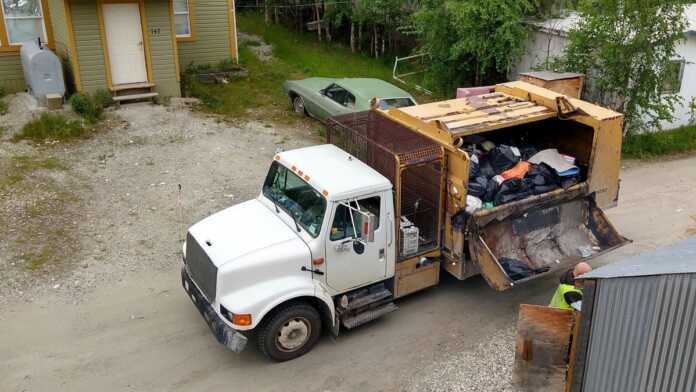Garbage trucks in sparsely populated regions register dead spots on their routes. The example sets a precedent, but improvement is not guaranteed.
The large, sparsely populated district of Ostprignitz-Ruppin in Brandenburg also has some catching up to do when it comes to mobile phone coverage. “Especially in the regions away from the cities and main traffic axes, but also in forest areas, you often have little or no network,” said District Administrator Ralf Reinhardt (SPD) on Tuesday. It is not always possible to win over large mobile network operators for the expansion of the corresponding infrastructure.
Therefore, a new project in the district should now enable the collection of new data in terms of dead spots. In talks with the North Rhine-Westphalian partner district of Coesfeld, people in Neuruppin became aware of a local data collection process using so-called “real network boxes” from the engineering company STF Group. For a period of one year, these boxes were carried in the local waste management vehicles. “There is currently such a project in other regions of Germany, such as in the East Frisian district of Aurich,” explained Frédéric Dildei from STF.
In the state of Brandenburg, Ostprignitz-Ruppin will be the first district to use the process. Here, too, vehicles from the Waste Management Union (AWU) are equipped with two such boxes. According to AWU Managing Director Matthias Noa, the aim is for a box to travel three times on each route for residual waste disposal within the next six months. “We also work a lot with cellphone technology, so we feel the need to help find dead spots,” said Noa.
Hoping for insight from the network operator
According to District Administrator Rheinhardt, the AWU is ideally suited for the task because it penetrates every corner of the district due to the disposal mandate. “However, it is also planned to be used on field and forest paths, for which we will recruit employees from the district administration who cycle these routes,” said Dildei. As in Coesfeld, the project is scheduled to last twelve months. Both the call quality and the data transmission are measured. According to the district administrator, the costs for this are in the low five-digit range. They are to be borne by the district’s economic development agency.
The collected data will then be included in the negotiations for further construction of radio masts in the region. If it is not possible to win over the network operators for the expansion, according to Reinhardt, the district wants to call in the mobile infrastructure company of the federal government (MIG). This could in turn offer the network operators incentives with corresponding funding offers. So far, however, the federal mobile phone company has not yet erected a mast.













